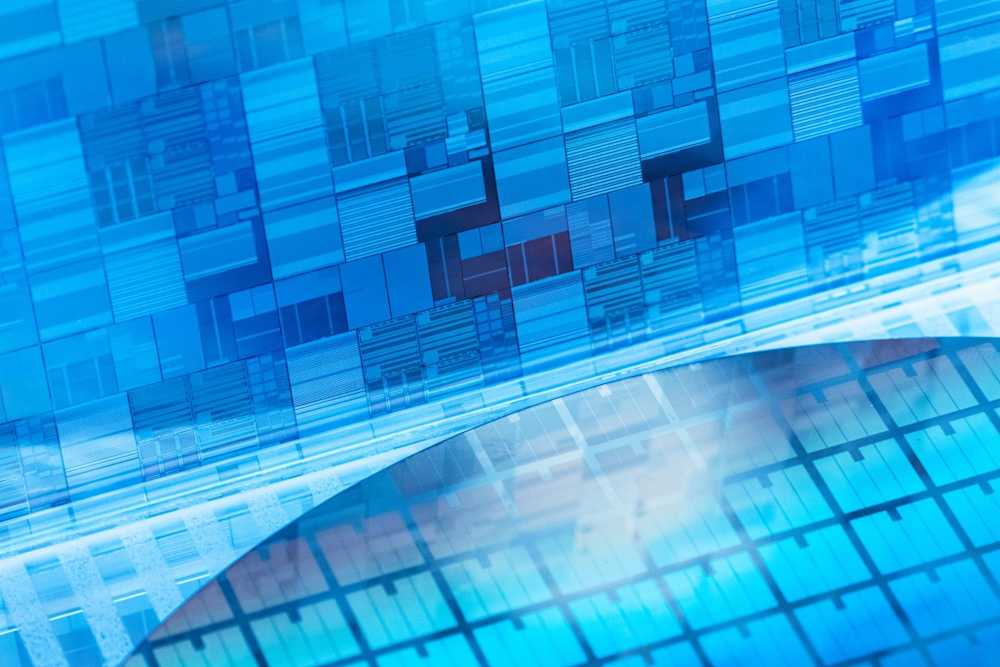Surface roughness is a crucial property that influences the durability and performance of materials. For thin films and semiconductor devices, surface roughness is important for optimizing electrical properties, adhesion, and particle trapping, among other properties.
Method selection considerations
Different methods can be used to measure the roughness, below are some considerations to help in selecting the most appropriate method:
Is a contact or non-contact method preferred? Or how precisely does the roughness need to be investigated?
Contact methods will provide a mapping of the roughness
Non-contact methods will provide the average roughness
How large is the area to be measured?
What resolution is needed?
Are you looking for more information? (thickness, interface roughness, density, Young's modulus)
Surface roughness measurement techniques
Many techniques can be used to measure the surface roughness of semiconductor components. A few of them are outlined below:
Atomic Force Microscopy (AFM)
AFM is a very popular and versatile technique for measuring the surface roughness of a wide range of materials. It can be operated in contact or tapping mode and it provides a topographic map of the surface with nanoscale resolution. AFM also allows measuring the elasticity and plasticity of the surface (Young's modulus). There are different AFM tools allowing measurements of additional properties, for example, EFM and C-AFM can give additional information on electrical properties.
X-Ray Reflectivity (XRR)
XRR is a non-contact technique that allows the determination of the surface roughness, as well as film thickness and density. It can probe a stack of thin layers of different materials and provide the roughness at the interface and surface as well as their respective thicknesses and densities. XRR resolution is 1% of the result and the roughness provided is the average on the area analyzed, usually a few mm in diameter. XRR is particularly adapted for low-roughness materials. Several points can be measured to map samples such as wafers.
Profilometry and optical profilometry
Optical profilometry is a non-contact method whereas profilometry is a contact one which uses a stylus to scan the surface. It provides a topography mapping with nanoscale resolution. Both can be used for a wide variety of samples and have the advantage of easily measuring much larger areas compared to AFM. Optical profilometry is usually a much quicker solution than profilometry.
Do you need help with method selection?
Many methods exist for probing the surface roughness of a thin film, and the measurement capabilities for many types of materials are available from Measurlabs. If you're struggling to choose which technique might be best for you, our experts can help you select the best option, so get in touch with our team today!

